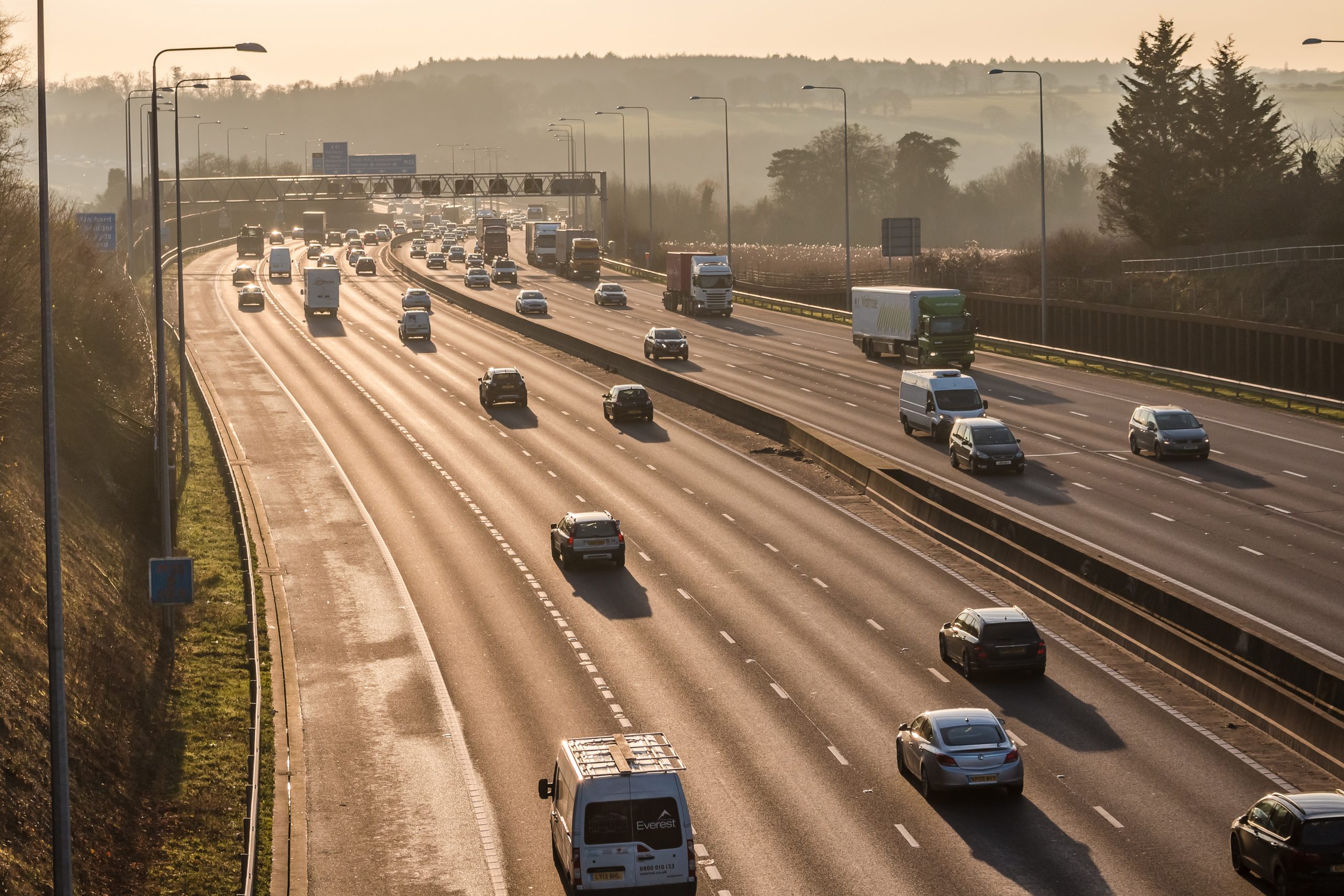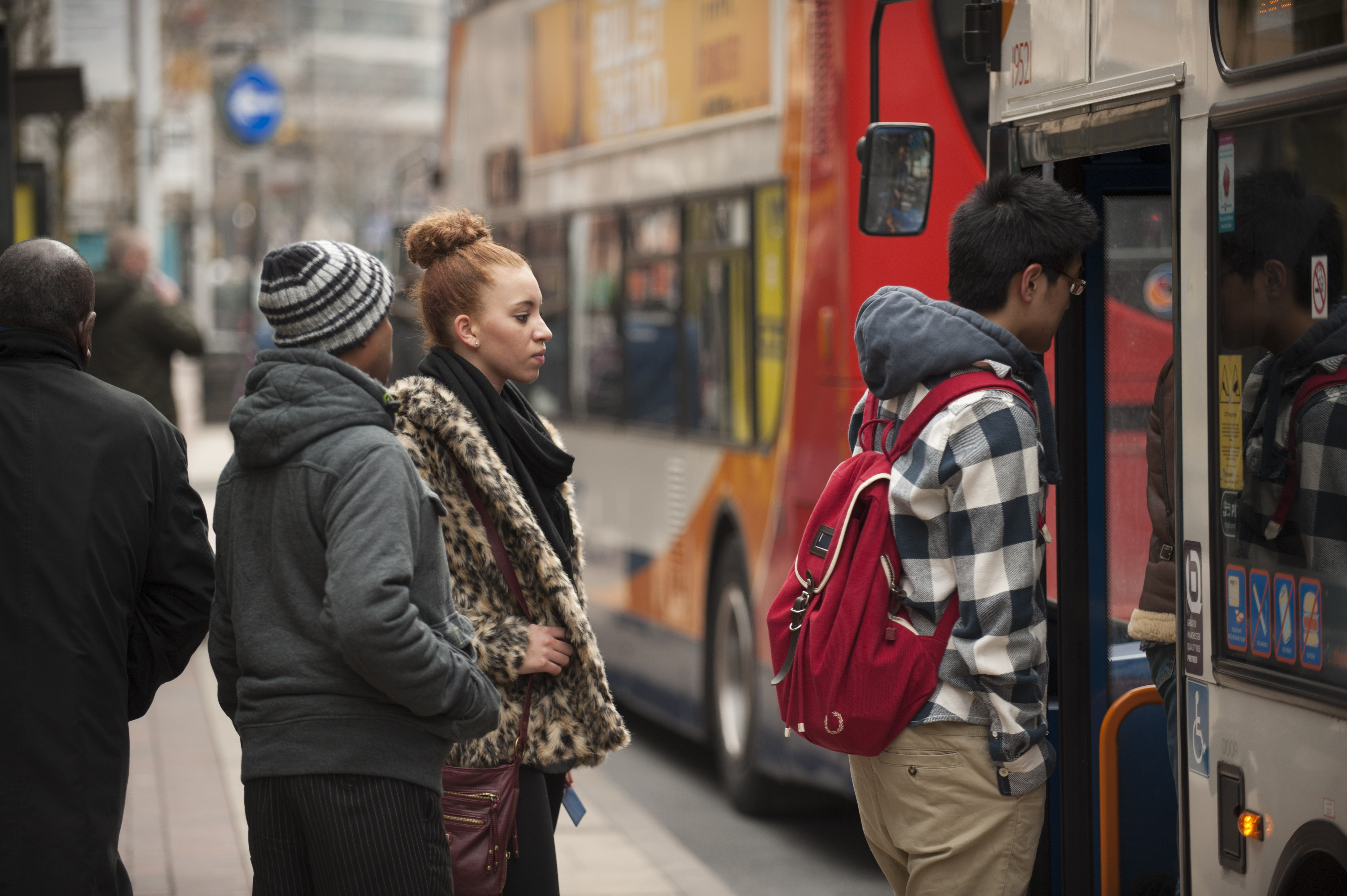
Rail fare rises – why?
02 January 2019
As passengers huddle on platforms today waiting for their first trains of 2019 they might be wondering why rail fares continue their seemingly inexorable rise? The increases are also higher than they initially look as the outdated Retail Price Index measure is used to calculate regulated fare rises, rather than the more relevant and widely used Consumer Price Index measure.
The factors that drive up prices seem clear on first glance. The costs of labour, materials and fuel go up. There is a lot of investment taking place – some very visible in re-built stations such as London Bridge, but more much less visible in track and signals which should boost reliability and capacity.
However, the amount of fares revenue flowing into the industry now tops £10bn a year. Passenger numbers and revenue have started to pick up again. Government investment continues to pour in. Surely all this investment must start to produce a more reliable, better value for money railway? When is the tipping point where new technology and more reliable equipment start to drive costs down and the heat is taken out of fare rises? Or, is the historic backlog of work so big that point will never be reached?
As part of our role representing users of the Strategic Road Network, Transport Focus now does a lot of work with the road freight industry. A simpler industry in some ways, yes, but you cannot but help see that the combination of fierce competition and very demanding customers (delivering in a one hour time slot to a city centre supermarket is no mean feat!) drive measurable improvements. Technology is constantly deployed and uprated to reduce costs and help the environment. The industrial relations debate is not about resisting automation, but helping to ensure that new, higher quality jobs are created. Maybe there is something to learn from this.
The rail industry must be seen to be more than the sum of its parts. The industry must produce better value for money for the passenger and the taxpayer. The continual rise in costs must be capped somehow, at some point.
All this is what makes the Government’s Rail Review (including looking at fares and ticketing) so important. We need ticketing that matches the way we live and travel now. Part time season tickets. Filling those empty off-peak seats. Contactless, capped fares in urban areas – the spread of smart systems like Oyster across the South East must continue across the network and proceed at a much faster pace. We value simplicity in all areas of our lives, so why not travel as well?
Passenger anger during the summer timetable crisis was palpable and understandable. Passenger irritation at the dribble of poor performance erodes their most basic trust in the industry. Passenger frustration at the continual rise in fares saps confidence in the system to reform itself.
Change had better arrive in 2019!






